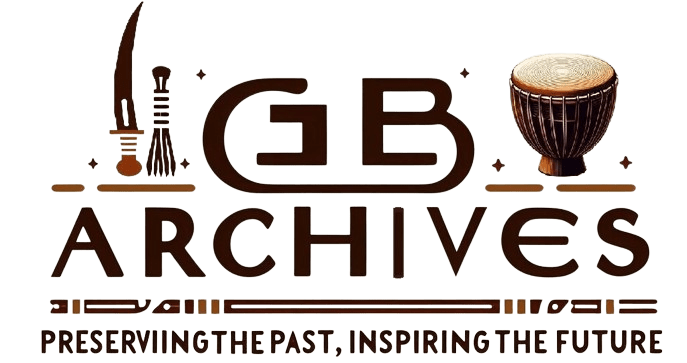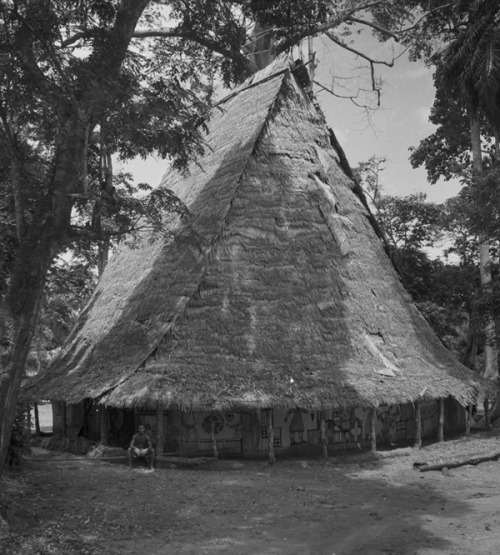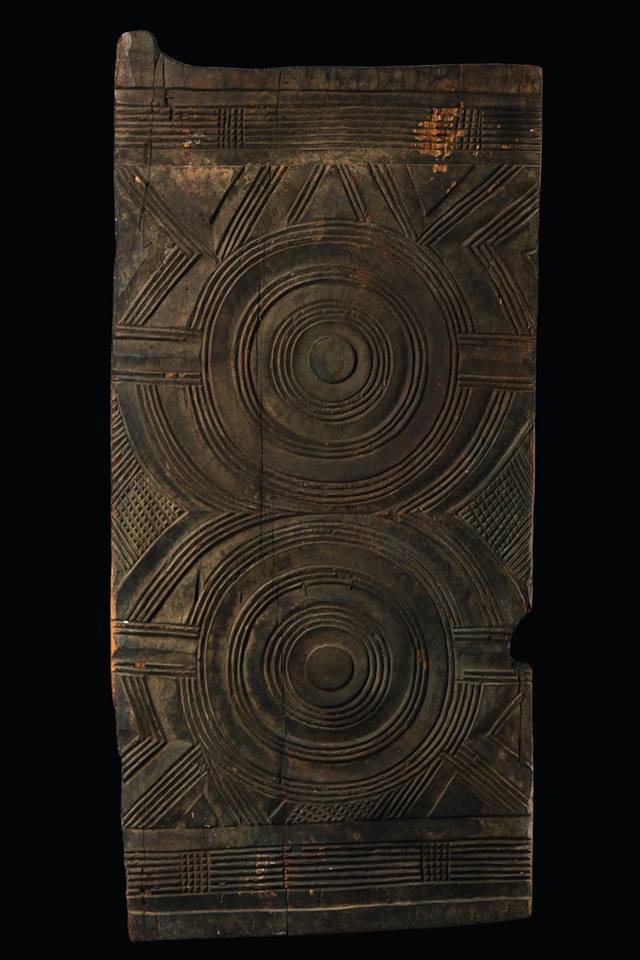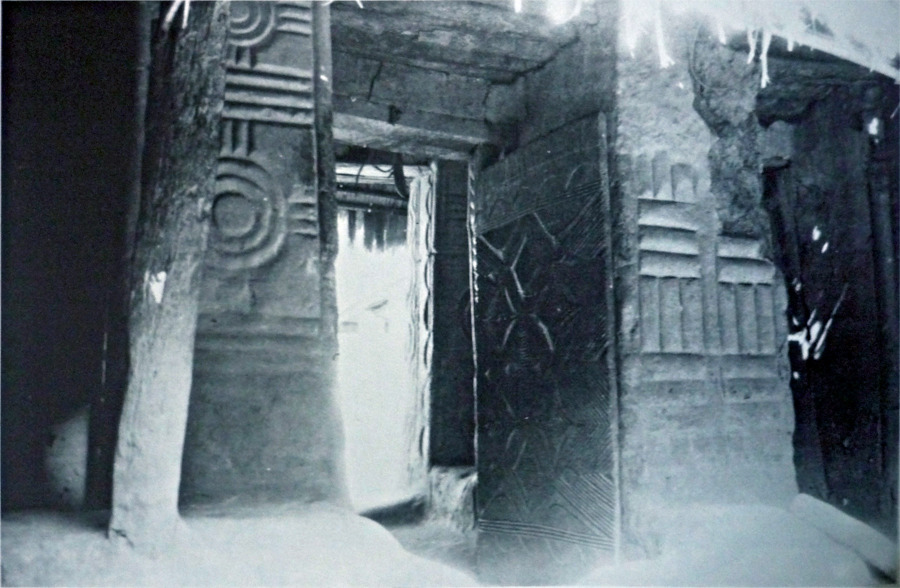
This black-and-white photograph features the entrance portico of Chief Ogbua’s Igbo traditional house (iba). The visible wall carvings show geometric and symbolic designs, which were typical of Igbo architecture. The door leads into another section of the house, suggesting this structure is part of a larger residential complex. The photograph was taken by Zbigniew R. Dmochowski in 1961, capturing the unique style of Igbo architecture prevalent during that time.
This photograph highlights the architectural genius of the Igbo people, showcasing the entrance portico of Chief Ogbua’s iba in Onicha. The intricately carved walls show the blend of artistry and structural design that defines traditional Igbo architecture. These geometric and symbolic carvings are not merely decorative but serve as cultural expressions, representing values, beliefs, and identity.
The iba wasn’t just a residence; it was a social and cultural hub. Homes like Chief Ogbua’s served multiple purposes, from hosting important gatherings to symbolizing the owner’s prestige. The carefully designed structure and carvings show the social significance and durability of such buildings. These homes were meant to last generations, reflecting both the craftsmanship and the cultural importance placed on longevity and artistry.
The Igbo architectural style seen here stands as a unique cultural achievement, independent of outside influences. While comparisons are sometimes drawn to Kemetic (ancient Egyptian) structures, the Igbo architectural traditions are rooted in a distinct historical context. This reinforces the idea that African societies developed rich, diverse architectural legacies on their own terms.
Through this image, we glimpse the deep connection between culture, identity, and architecture in Igbo society. By preserving and showcasing these historical elements, we guarantee the continued appreciation of Igbo heritage and the advanced skills of its people.
Explore Further
For more on Igbo traditional architecture and Zbigniew R. Dmochowski’s work, explore An Introduction to Nigerian Traditional Architecture: South-Eastern Nigeria: The Igbo-speaking People.
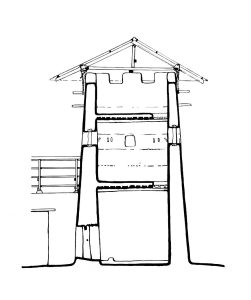 Recommended Books
Recommended BooksAuthor: Z.R. DmochowskiPublisher: Ethnographica; National Commission for Museums and MonumentsPublication Date: 1990Format: HardcoverPages: 152ISBN-10: 0905788281ISBN-13: 978-0905788289Language: English Overview “An Introduction to Nigerian Traditional Architecture: South-Eastern Nigeria: The Igbo-speaking People” by Z.R. Dmochowski is a comprehensive study that explores the traditional architectural styles and practices of the Igbo people in South-Eastern Nigeria. This book is part […]
Discover more from Igbo Archives
Subscribe to get the latest posts sent to your email.
